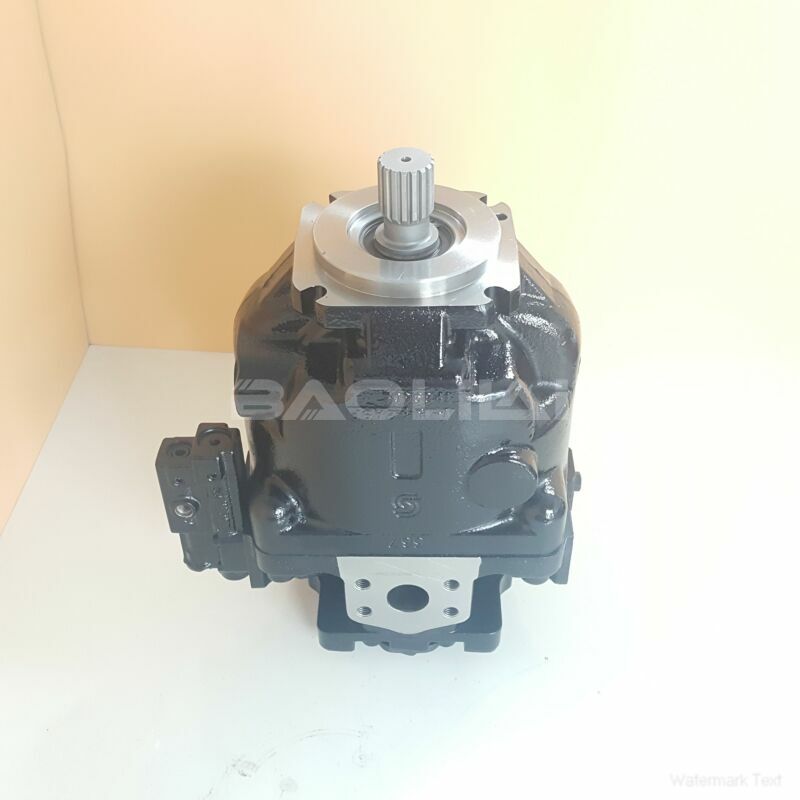ERR100BLB2820NNN3S2BPA1NAAANNNNNN danfoss pump
ERR100BLB2820NNN3S2BPA1NAAANNNNNN danfoss pump

- Product Details
- Applicable Scene
Gear pumps use rotating gears to move fluid. They can be categorized into external gear pumps and internal gear pumps, each offering specific benefits and applications. Gear pumps are widely used in hydraulic systems, chemical processing, and lubrication systems due to their reliability and straightforward operation.
ER-R-100B-LB-28-20-NN-N-3-S2BP-A1N-AAA-NNN-NNN
ERR100BLB2820NNN3S2BPA1NAAANNNNNN
Pros:

83059689
Simple Design: Gear pumps have a simpler design compared to plunger pumps, which often translates to lower maintenance requirements and costs.
Smooth Flow: Gear pumps provide continuous and smooth flow without significant pressure fluctuations, making them suitable for applications where consistent flow is essential.
Cost-Effective: Typically, gear pumps are less expensive to manufacture and purchase, making them a common choice for budget-conscious projects.
Low Noise Operation: Gear pumps usually operate quietly, an advantage in environments where noise reduction is a priority.
Cons:
Limited Viscosity Handling: Gear pumps may struggle with very viscous or shear-sensitive materials, limiting their range of applications.
Heat Generation: Due to the friction created by the rotating gears, gear pumps can generate more heat, which may require additional cooling systems in some applications.
Lower Pressure Limits: Generally, gear pumps cannot achieve the same high-pressure outputs as plunger pumps, restricting their use in high-pressure requirements.
Conclusion
In summary, both plunger pumps and gear pumps have their specific advantages and disadvantages that make them suitable for different industrial applications. Plunger pumps are ideal for high-pressure and variable viscosity applications, while gear pumps excel in scenarios that demand low maintenance, smooth flow, and cost-effectiveness. The choice between the two will depend on the specific requirements of the application, including the type of fluid being handled, required pressure, and budgetary constraints. By considering these factors, industries can select the appropriate pump type to meet their operational needs efficiently.





